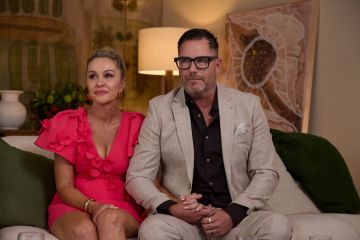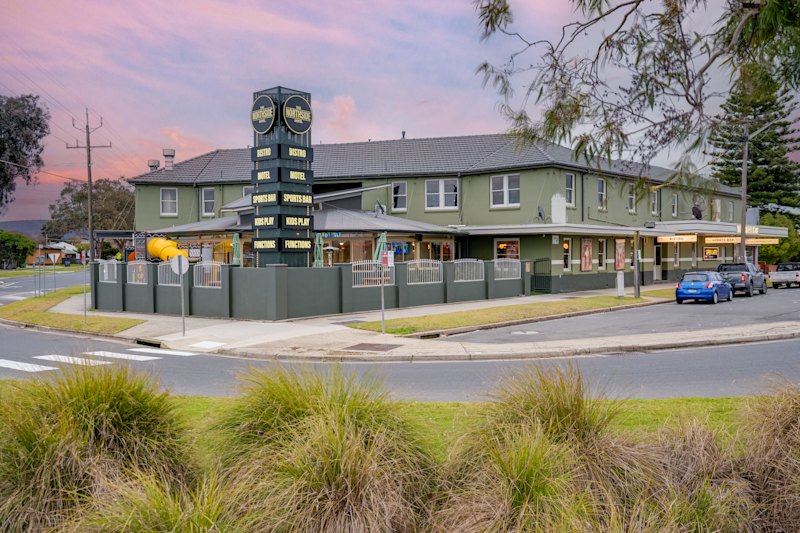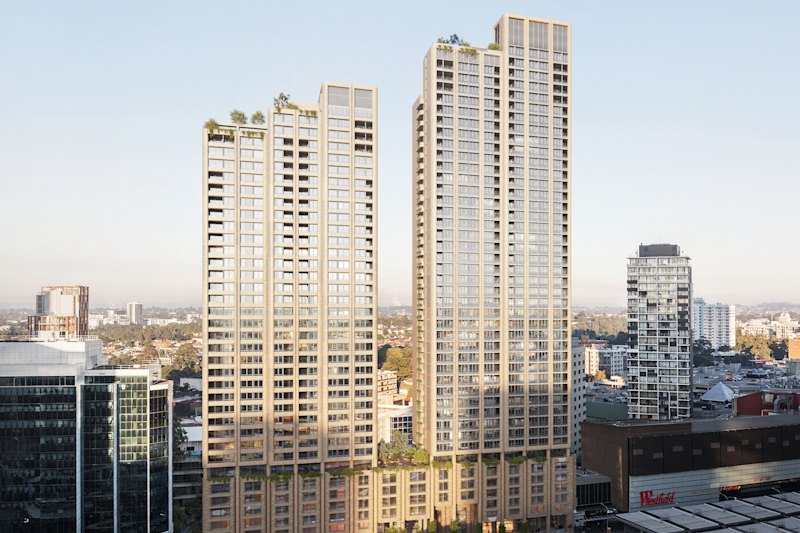When does it make sense to buy a property sight unseen?
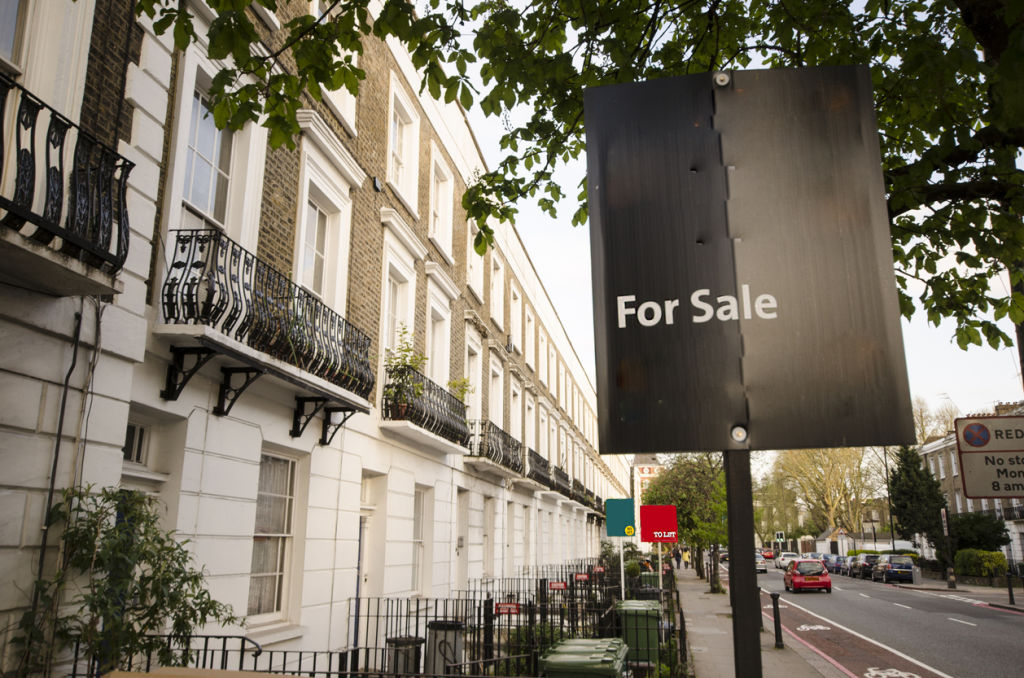
Buying a property sight unseen was once only for gamblers with a dangerous appetite for risk. But it has become a growing trend in some situations, as a result of both COVID-19-related travel restrictions and the new technology that’s developed as a result.
“We sold $33.5 millions worth in the three months since April,” said Adrian Reed of Noosa’s Reed & Co Estate Agents.
“People are getting more used to being given information in a virtual environment, and have embraced video-conferencing and all the technology they now have. I think as a way of buying property, this is here to stay.”
Drone footage offering a bird’s eye view of a home, its aspect and 360-degree aerials of its position in the neighbourhood, as well as virtual tours, live streaming of walk-throughs, a huge volume of photos and online building and pest inspection reports are now giving potential purchasers unprecedented ways of appraising property.
“It means suddenly people are feeling much more confident about judging, sight unseen, whether a home is right for them,” said Brian White, joint chairman of Ray White Group. “Some were prepared to buy before like that, but only if the property was a bargain.
“Now people are prepared to be competitive in pricing, knowing they have to compete with others buying the same way. And I think the fact that, so far, we haven’t heard of any bad experiences or misrepresentation is encouraging people and they’re thinking afterwards that thank God they were prepared to take the chance!”
Because of Queensland’s closed borders, many sight-unseen buys have been enacted in that state by Sydneysiders, Melburnians, expats and overseas purchasers.
Andrew Bell, chief executive of the Ray White Surfers Paradise Group, sold nine properties worth a total of $4.5 million on one weekend six weeks ago without a single physical viewing. Four buyers were from Victoria, three from NSW, one from the ACT and one from South Australia.
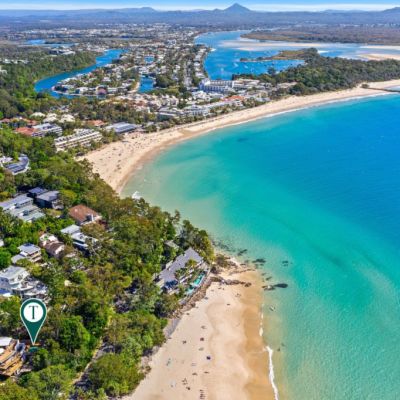 Noosa’s most expensive homes in hot demand from buyers across the globe
Noosa’s most expensive homes in hot demand from buyers across the globe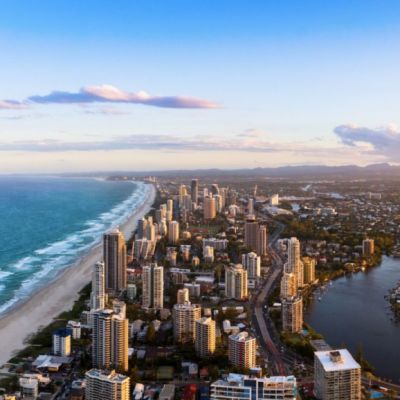 Gold Coast property in demand from southern state buyers despite the closed border
Gold Coast property in demand from southern state buyers despite the closed border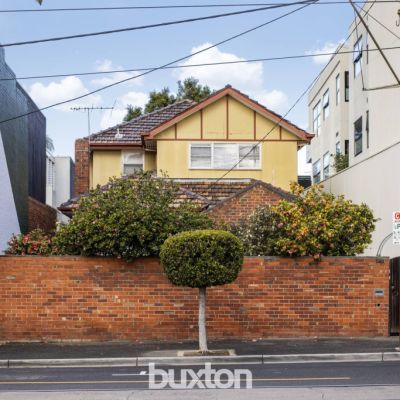 Renovator’s delights, knockdowns, vacant properties still listed in Melbourne’s stage 4 lockdown
Renovator’s delights, knockdowns, vacant properties still listed in Melbourne’s stage 4 lockdown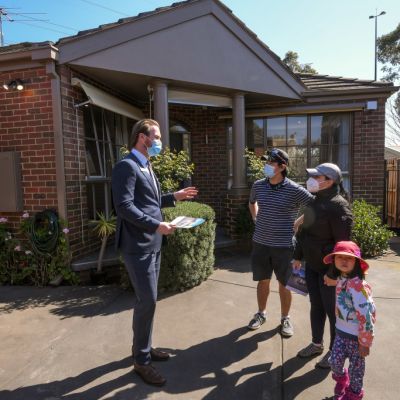 Melbourne’s property market begins to awaken from a weeks-long slumber
Melbourne’s property market begins to awaken from a weeks-long slumber
His biggest sight-unseen sale so far was a $2.9 million home in Sanctuary Cove.
“It’s now a daily event,” he said. “COVID means people now no longer feel silly doing it as they’re getting more in tune with this way of buying and they’ll be more comfortable doing it even post-COVID.
“It’s a great way of doing research and maybe in the future people will use it to narrow the field down to, say, two properties that then they might inspect.”
In Victoria, virtual tours were one of the few ways the real estate industry was able to keep ticking along during the tight lockdown, although auction numbers fell as only select buyers were willing to take the plunge. In-person inspections have been permitted again since Monday last week.
“It’s been mostly local buyers prepared to buy sight unseen when they might be familiar with the area anyway, and then the online virtual tours have given them enough of a comfort level to make a decision,” said Andrew Fawell, director of Buxton Stonnington.
“It’s particularly popular with people wanting to get in the market before lockdown lifts and there’s a lot of competition for property, or people buying just for a property’s land value when they plan to pull it down or completely refurbish it.”
Developers seem happy to buy land sites sight unseen too as they’re able to more easily interpret plans provided, and for knockdown/rebuilds. The area may also play a role.
Both investor and owner-occupier buyers embrace buying without physically viewing, says Century 21 chairman Charles Tarbey, “when they’re buying into an old suburban area where the majority of properties are much the same”.
“But I think when you’re buying for the first time, like a first-home-buyer, or you’re buying a family home, then you probably have more of a need to see the property.”
NSW also has its fair share of sight-unseen buyers. Peter Kerras, Sales Director of Project Marketing at Colliers International has just sold a $1.49 million two-bedroom apartment in the new Sydney eastern suburbs development Newmarket Randwick to a buyer from Shanghai, taking him around a number of properties on his mobile phone via FaceTime.
The buyer had local friends who might normally have looked at the property for him, but he didn’t want them to risk any exposure in the pandemic.
“People are becoming more confident about the technology due to COVID,” said Mr Kerras. “Talking to someone on something like FaceTime where you can see each other’s faces means you can build a friendship and rapport and trust to the point where someone is happy to buy.”
There’ve been a number of sales of homes across regional NSW too. In the Northern Tablelands, Raine & Horne reports a Brisbane owner-occupier buying a home in Glencoe, and investors from Brisbane and Sydney buying in Glen Innes.
“I think it’s more popular with investors who buy on yield rather than emotionally on whether they like a backyard or the kitchen will work for them,” said Angus Raine, executive chairman of Raine & Horne.
“It’s probably price-related too, when lower-priced properties might sell more like this.
“But while we’ve adapted to this quickly, I think long-term, Australians still like to kick the tyres and go out on a Saturday morning physically looking at property. It’s in our DNA.”
We recommend
We thought you might like
States
Capital Cities
Capital Cities - Rentals
Popular Areas
Allhomes
More

